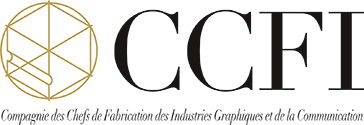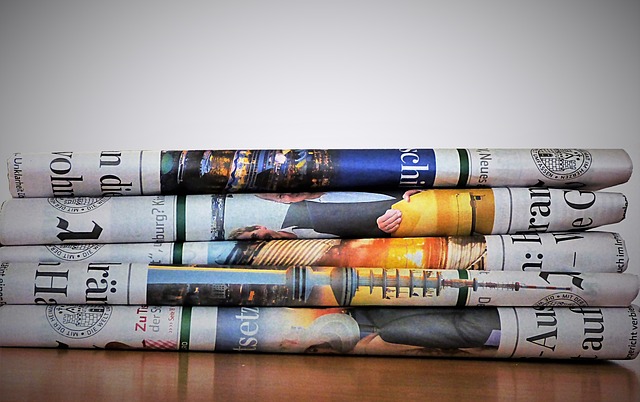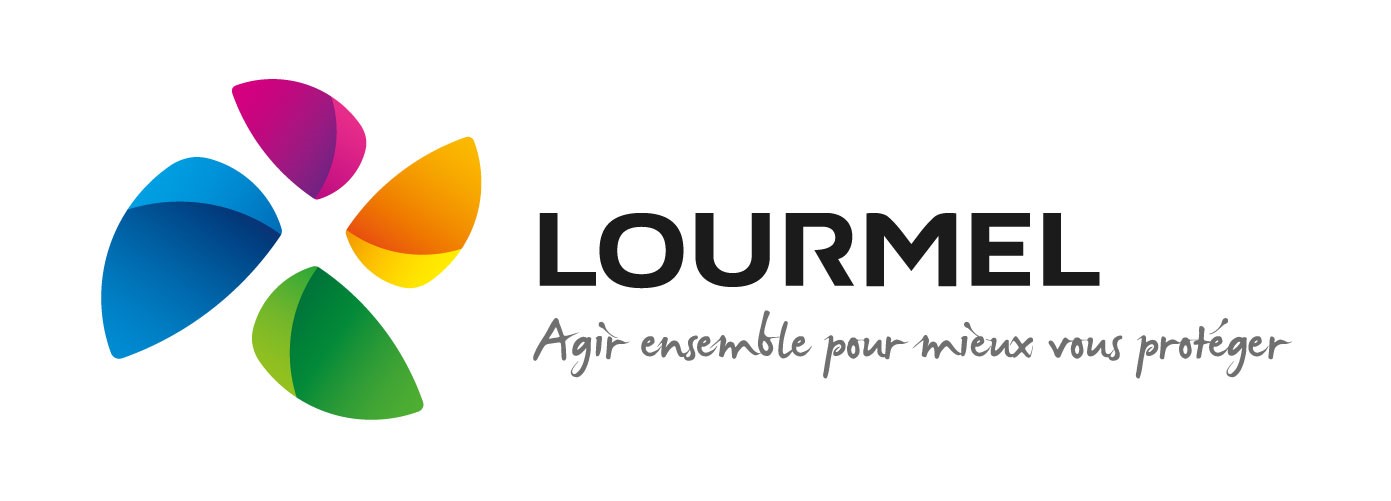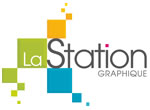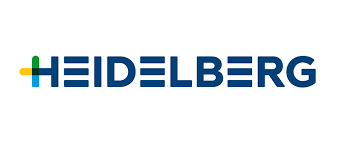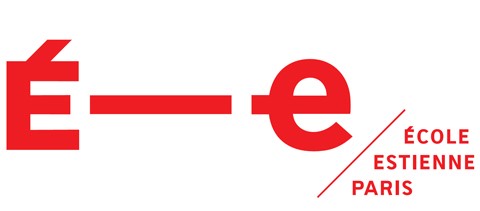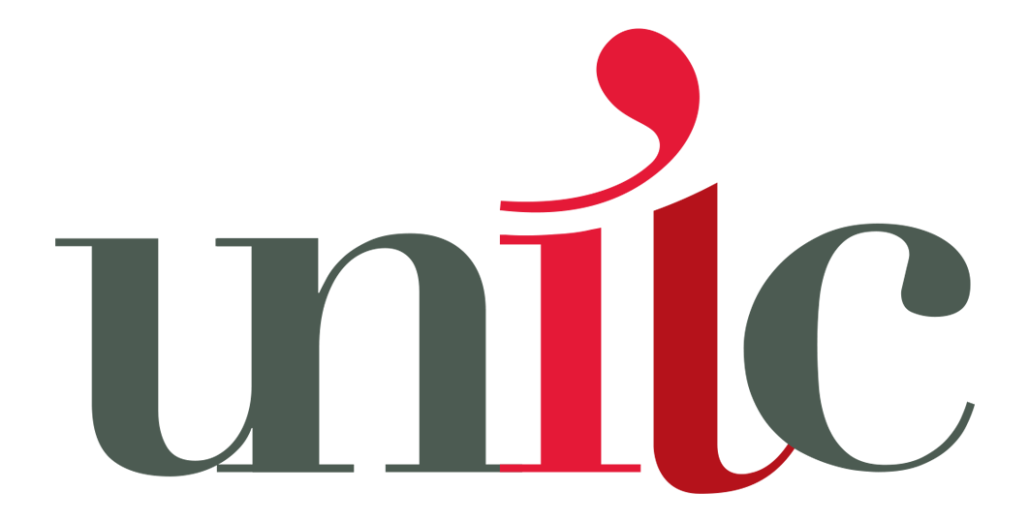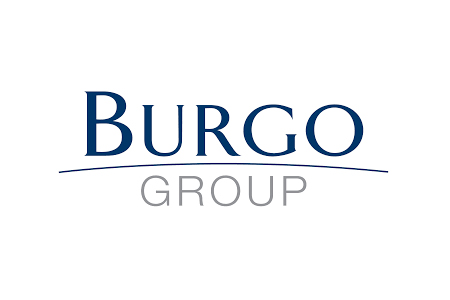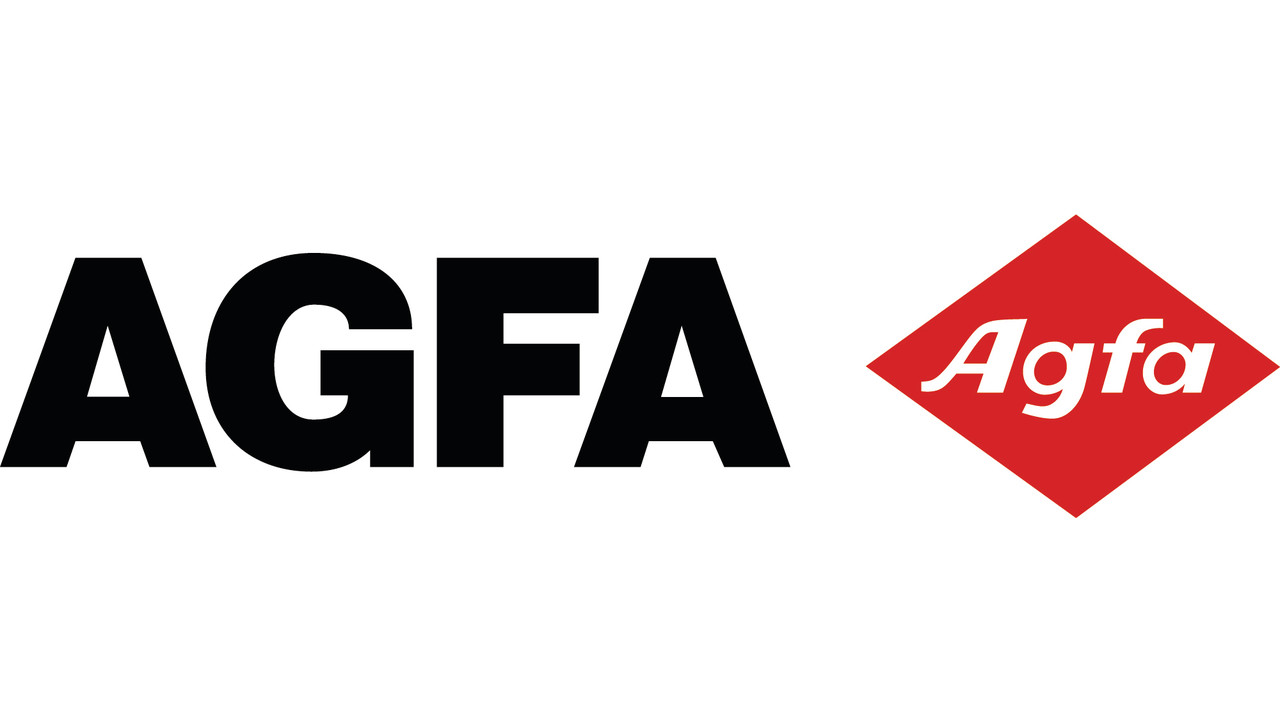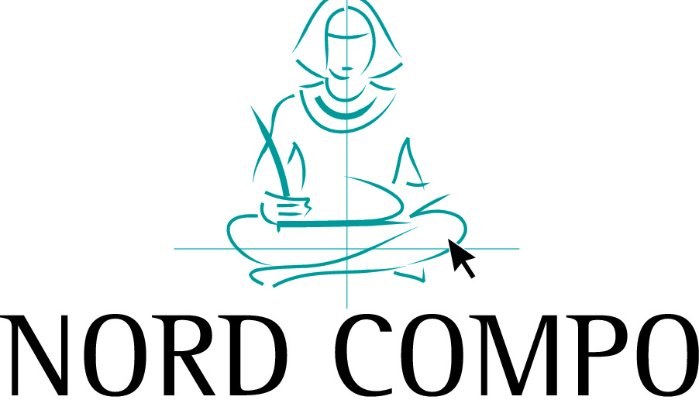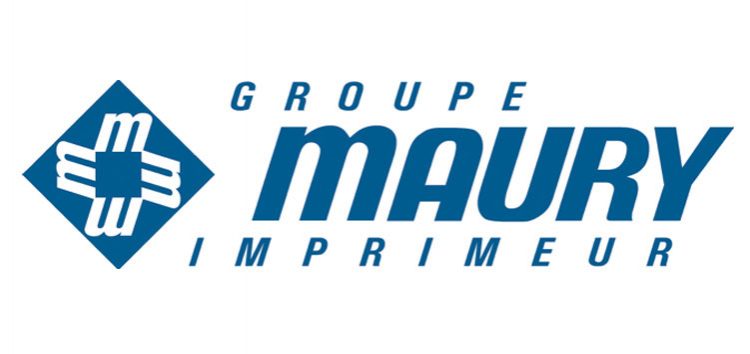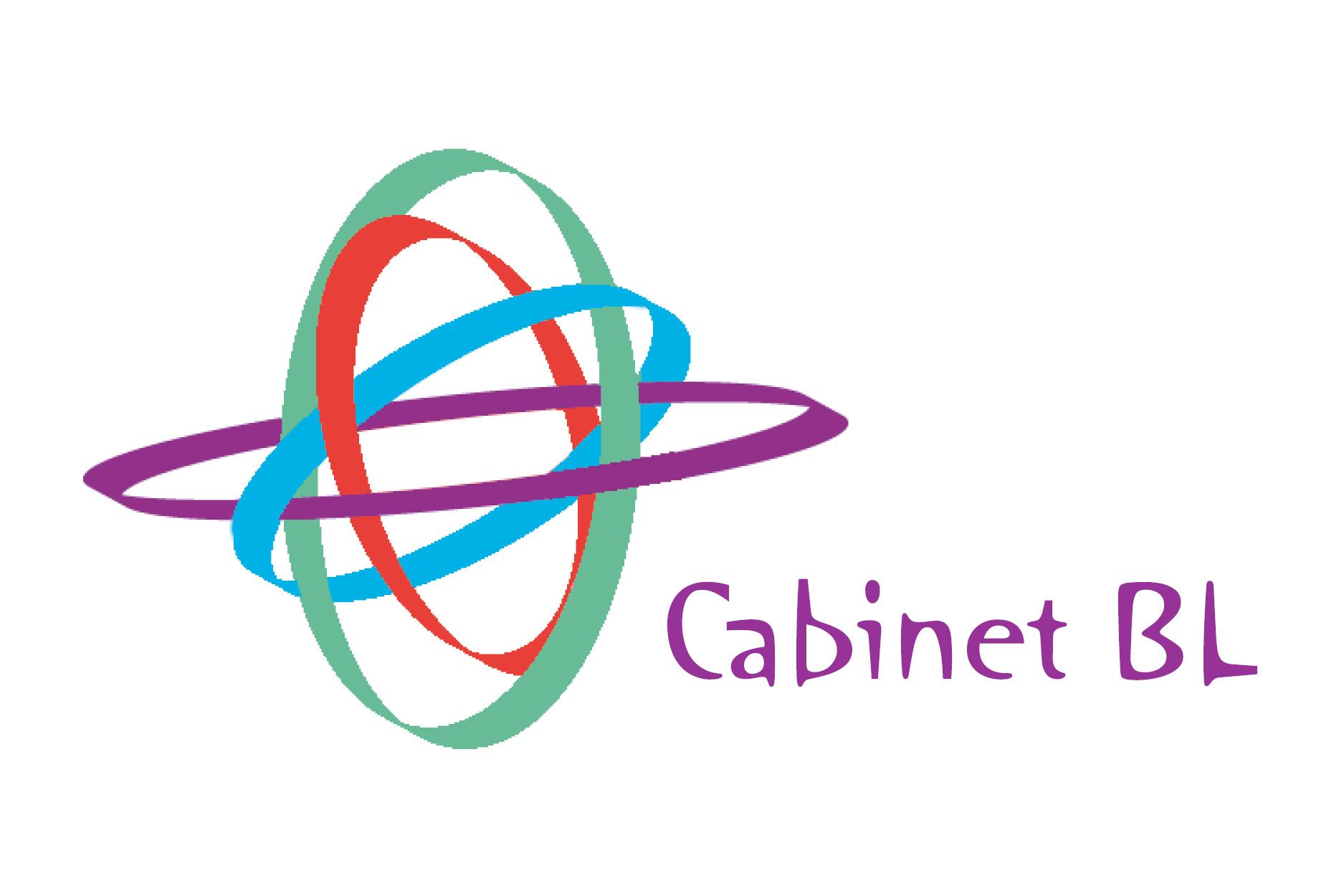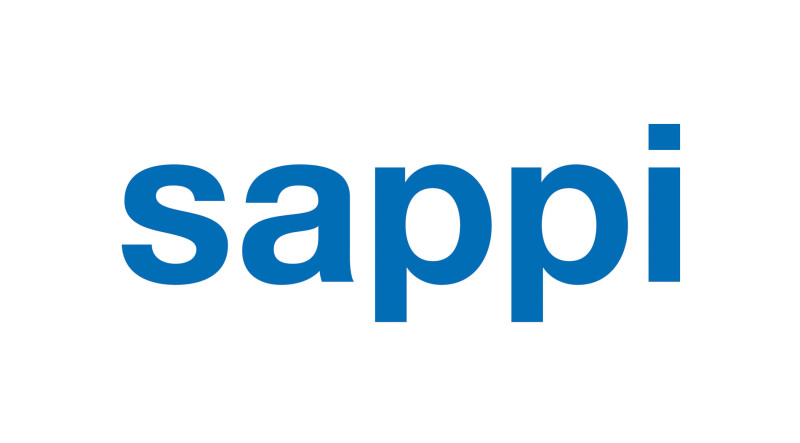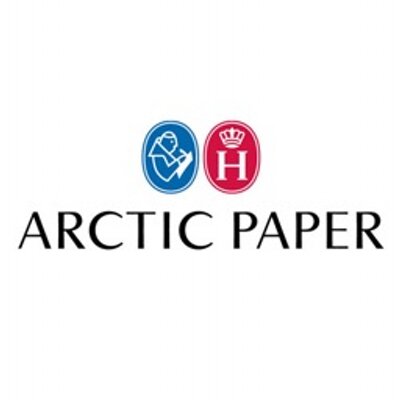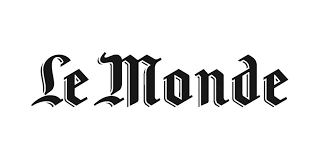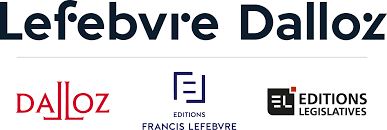Why bundled subscriptions won’t save the news industry
Earlier this month, a company called Mogul News launched a news app that curates article content from three media outlets: Bloomberg, The Financial Times, and The Economist. If you were to subscribe to each of these publications separately, it would add up to at least $944 a year, but the Mogul News app costs just $9.99 a month, or $119 annually.
There’s a catch, of course: not all the content produced by these publishers will show up in the app. As Press Gazette’s Charlotte Tobitt noted in her coverage of the app’s launch, “The [Mogul News] team handpicks what articles to feature on the app from news publishers’ feeds, choosing which title has the best coverage on a particular topic and ensuring contrasting opinions are included.” In practice, this ensures that the publishers can offer up some articles for the app without cannibalizing their own subscription offerings.
Mogul News is entering a crowded field of apps that attempt to bundle news at a low, affordable price. The most famous of these is Apple News+, which launched to much fanfare earlier this year and, for the price of $9.99 a month, provides subscribers with hundreds of print magazines and several national newspapers, including The LA Times and Wall Street Journal. Blendle, a Dutch online news platform that started out letting users purchase news on a per-article basis, pivoted to a bundled subscription earlier this year. Scribd, which spent several years offering up an ebook bundle, started adding newspapers and magazines in 2017. And then there’s Scroll, which isn’t exactly a news subscription app; rather, it simply allows you to view content on a number of participating sites with the ads removed. Essentially, it’s a guilt-free ad blocker.
In theory, news bundles should be hugely popular, especially given the success of bundles in other content categories like music and TV. The top three TV streaming apps — Netflix, Amazon, and Hulu — have over 250 million subscribers combined. Apple Music and Spotify have together amassed somewhere north of 150 million paying users. And with every major publisher launching some form of paywall, it seems like subscription fatigue should lead consumers to an app that bundles most of the news at an affordable price.
But this doesn’t seem to actually be the case. Most of the paid news apps on the market have failed to amass more than a few hundred thousand subscribers, and simple back-of-the-envelope math shows that they’re not driving much revenue toward the publishing industry. At last count, Apple News+ had generated somewhere around 200,000 subscribers, with some unknown number of those enrolling in free trial periods. In the five years since its launch, Blendle has only generated €8 million for the news industry in the five years since it launched. Scribd, with its 1 million subscribers, is perhaps the most successful of these bundles, but it seems a sizable portion of its subscriptions are driven by its vast ebook and audiobook catalog, not its news offerings.
Why haven’t these apps seen mass adoption? Well, for one, a lot of publishers are willing to experiment with allowing their content to be aggregated in a paid bundle, but they have little incentive to direct their marketing efforts toward promoting the app. Almost all their attention will be focused on driving readers toward their own subscription products. Because of this, the entire marketing burden will fall on the news bundling app itself, and in most cases this means the company would need to invest in paid user acquisition, which is incredibly expensive and difficult to scale.
Most of the bundling apps, by definition, don’t publish exclusive content, so it’s hard for them to employ the Netflix strategy of using original content as a form of marketing and user lock-in. Given that many publishers utilize metered paywalls, those apps are often competing with free versions of the same articles. These apps also don’t perform well on the desktop, where users are more likely to access news through their browsers.
All that being said, there are a few apps that are better optimized for overcoming the above obstacles. Apple News+, for instance, not only benefits from being displayed on over a billion device home screens, but it also has the added advantage of sitting within a free app that’s already achieved mass adoption. After all, the free, ad-supported version of Apple News has somewhere between 50 and 90 million monthly users. With that kind of exposure, there’s ample opportunity to convert casual news readers into paying members.
The content platform Medium, which syndicates a number of news sources for its paid membership offering, not only solicits its own original content via paid freelancers, but also benefits from user-generated content. And because its articles can be easily accessed on the open web, it isn’t entirely reliant on its mobile app for driving user adoption. Since launching its paid membership tier, it’s amassed somewhere between 200,000 and 400,000 paying subscribers.
Only time will tell whether these apps can achieve significant adoption, but all together, the news bundle is likely driving well under a billion dollars for the news industry. One thing is clear, however: the news industry faces different market dynamics than the music and television industries, and because of that, news bundles are unlikely to see the same kind of success as companies like Netflix and Spotify. The bundle might generate additional revenue for digital media, but it certainly won’t save it.
